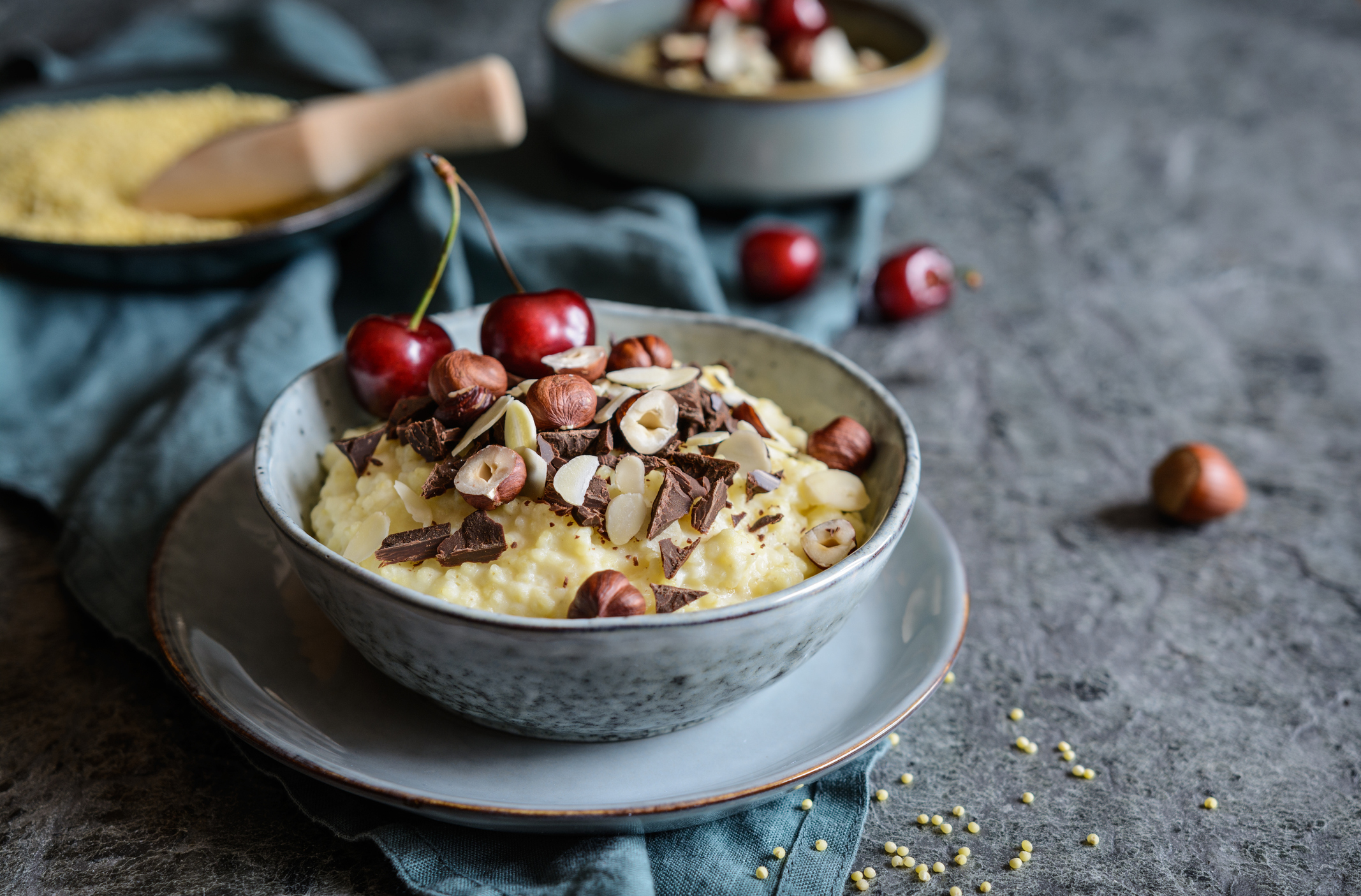Get Easy Health Digest™ in your inbox and don’t miss a thing when you subscribe today. Plus, get the free bonus report, Mother Nature’s Tips, Tricks and Remedies for Cholesterol, Blood Pressure & Blood Sugar as my way of saying welcome to the community!
The grain you’ve never heard of that could prevent diabetes

By now, I’m betting that you know that eating more whole grains (as opposed to refined grains like white flour and white rice), can drastically reduce your chances of ending up with heart disease or diabetes.
(One caveat: when you buy whole grain products, make sure you’re getting the real thing, and not something that just looks like a whole grain product).
New research has found that there’s one whole grain in particular that can help manage diabetes, as well as prevent prediabetes from advancing.
Most people stick to brown rice, whole wheat and oats. But you’d do well to expand your horizons and try this whole grain that offers multiple health benefits.
What is millet?
Millets are a family of cereal crops and small seed grasses that are widely used in African and Asian countries.
Millet is gaining popularity in other countries for its high levels of protein, fiber and antioxidants, and because it is a gluten-free grain.
There are at least eleven types of millet, with pearl millet being the one most often produced for eating.
Eating millet reverses prediabetes
A research review published in July found that eating millet has huge benefits for people with diabetes and pre-diabetes.
The authors reviewed 80 published studies from eleven countries, involving about 1000 subjects.
They found that people with diabetes who made the grain a part of their daily diet saw their blood glucose levels drop twelve to fifteen percent fasting and post-meal, going from diabetic to pre-diabetic levels.
For people with pre-diabetes, their HbA1c levels (blood glucose bound to hemoglobin) dropped an average of 17 percent, moving from pre-diabetic status back into the normal range.
The authors also note that millet’s average glycemic index (GI) of 52.7 is about 36 percent lower than the more commonly consumed milled rice or refined wheat. It also came in at between 14 and 37 GI points lower than corn.
The glycemic index (GI) scale shows how quickly a food affects your blood sugar (glucose) level when that food is eaten on its own.
Other reasons to eat the diabetes-fighting grain
Millet can do a lot more than prevent or reverse diabetes. Here are three more health benefits it offers.
- Good for your heart. Millet has a high magnesium content, which helps prevent heart attacks by controlling the flow of calcium ions into and out of the heart.
- Promotes healthy digestion. Millet’s high fiber content can ease gastrointestinal problems and reduce the risk of colon cancer.
- May help lower cholesterol. In mice with type 2 diabetes, a high-fat diet with millet protein concentrate led to a decrease in triglyceride levels and an increase in HDL (good) cholesterol levels.
How to add it to your diet
Despite its healthful properties, millet contains “anti-nutrients,” most notably phytic acid, which can interfere with potassium, calcium, iron, zinc, and magnesium absorption.
Always soak your millet overnight before cooking it to minimize the presence of phytic acid.
To enjoy millet as a hot cereal, add two cups of water or broth per cup of raw millet. Bring it to a boil, then simmer it for 20 minutes.
Here are links to several easy, flavorful dishes that include millet and other whole grains, perfect for the cold months ahead!
Apple Pie Spiced Mixed Grain Hot Breakfast Cereal
Lemon Millet with Chickpeas and Dill
Chewy Vegan Blueberry Millet-Quinoa Snack Bars
Editor’s note: Are you feeling unusually tired? You may think this is normal aging, but the problem could be your master hormone. When it’s not working, your risk of age-related diseases skyrockets. To reset what many call “the trigger for all disease” and live better, longer, click here to discover The Insulin Factor: How to Repair Your Body’s Master Controller and Conquer Chronic Disease!
Sources:
Millet-based diet could lower risk of type 2 diabetes, help manage blood glucose levels — Integrative Practitioner
A Systematic Review and Meta-Analysis of the Potential of Millets for Managing and Reducing the Risk of Developing Diabetes Mellitus —Frontiers in Nutrition
What Is Millet? Nutrition, Benefits, and More —Healthline
What are millets? Types of millets, their health benefits and interesting recipes —recipes.timesofindia.com














